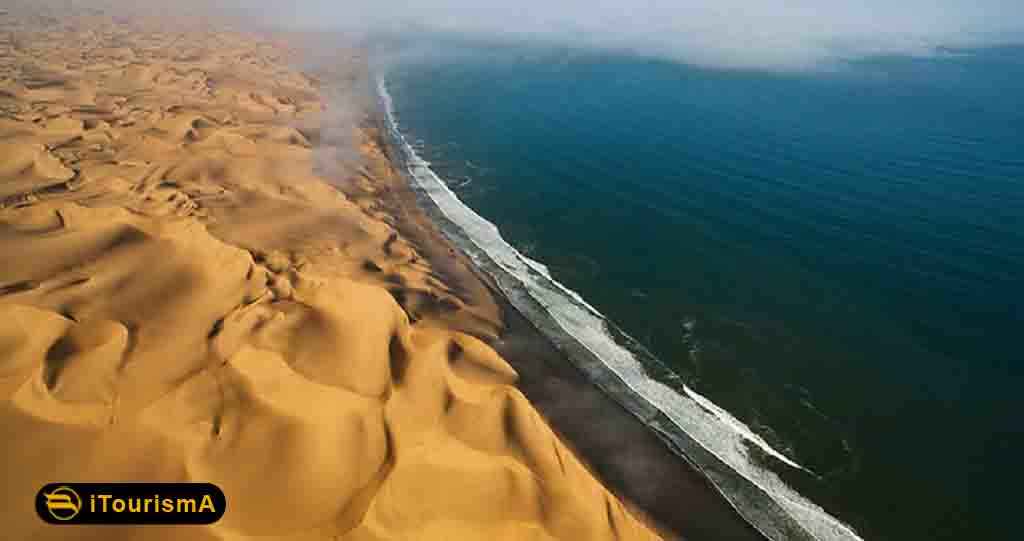Lut Desert (Dasht-e Lut)
Desert areas constitute about a quarter of Iran. The Lut desert is a desert in southeastern Iran with a length of about 900 km and a width of 300 km. The world’s tallest sand pyramid is located in this plain.
In this vast plain, traces of human habitation from the fourth millennium BC have been observed. There have been huge earthquakes in this plain in the past time.
The plain of Lut has many spectacular views in its heart. Every year, countless desert enthusiasts are eager to see these wonders in the plain of Lut. Wide sand and gravel areas with bright brown to light gray and black, wavy sandy areas, multiple polygonal zones, are some of the beauties of Lut Desert.
According to some geologists, the desert has been a shallow sea called “Tis” in the past, which has dried over time due to the warmth of the air. During 2004 to 2009, this region was recognized as the warmest surface of the Earth.
The largest population of the Lut plain has settled in the Shahdad (in the past called “Khibiz”). One of the few vegetation coverings in this area is the Gaz Shrubs located 20 km from Shahdad.












 iTourismA
iTourismA iTourismA
iTourismA iTourismA
iTourismA iTourismA
iTourismA iTourismA
iTourismA iTourismA
iTourismA iTourismA
iTourismA iTourismA
iTourismA